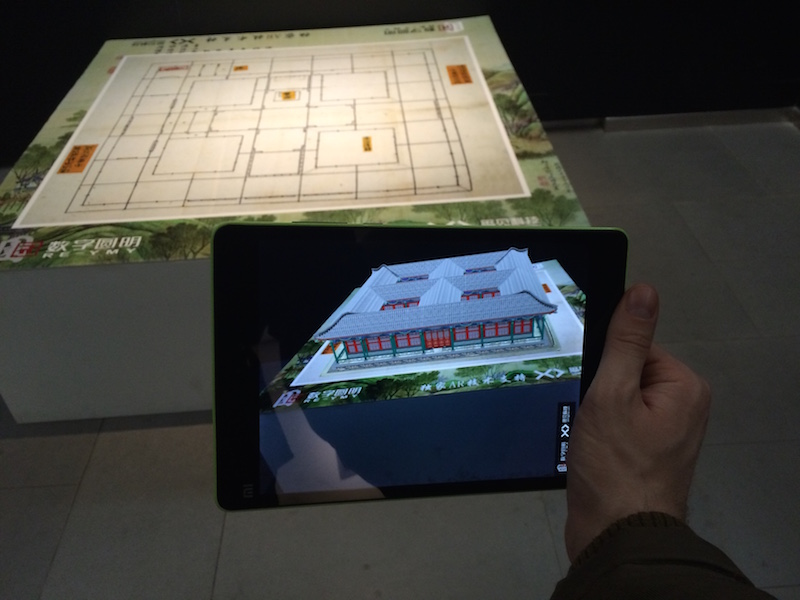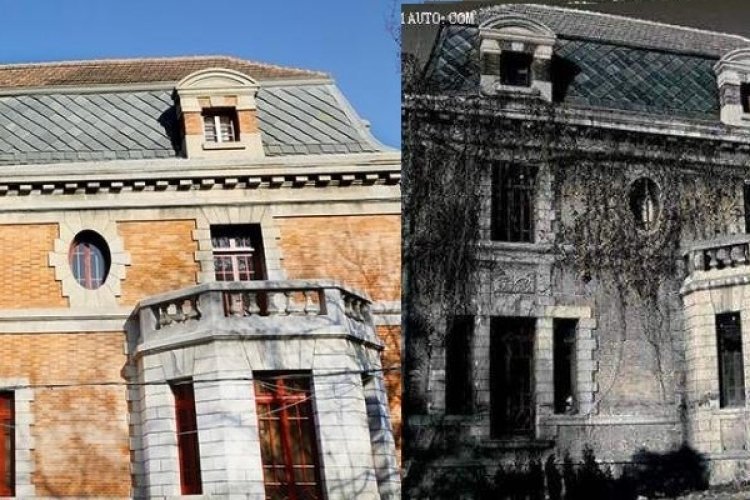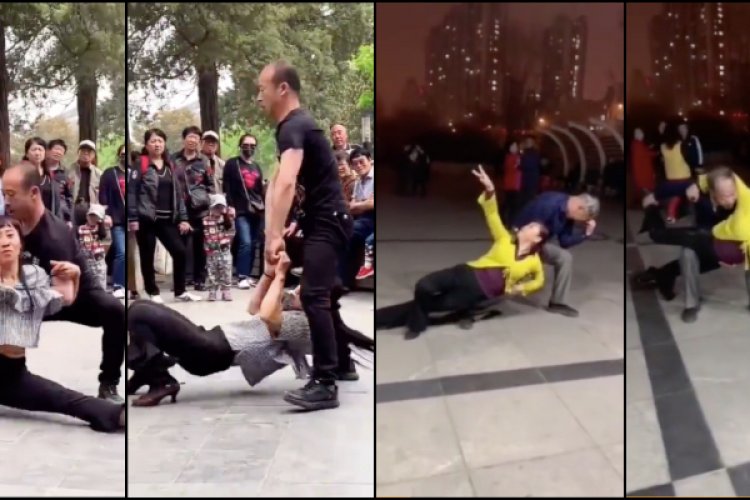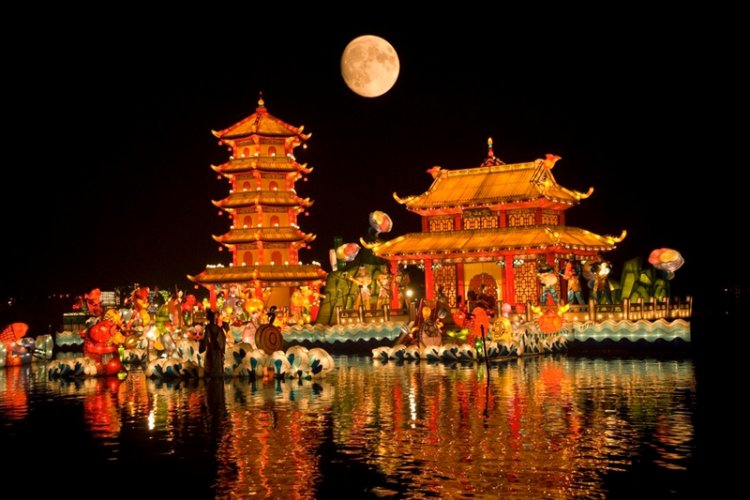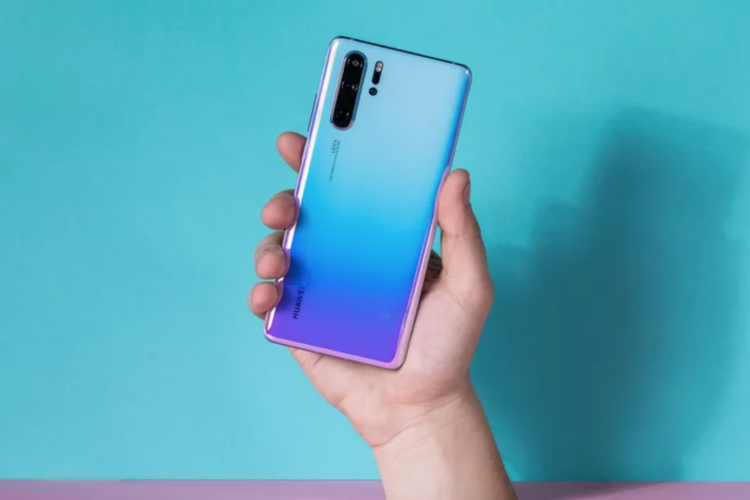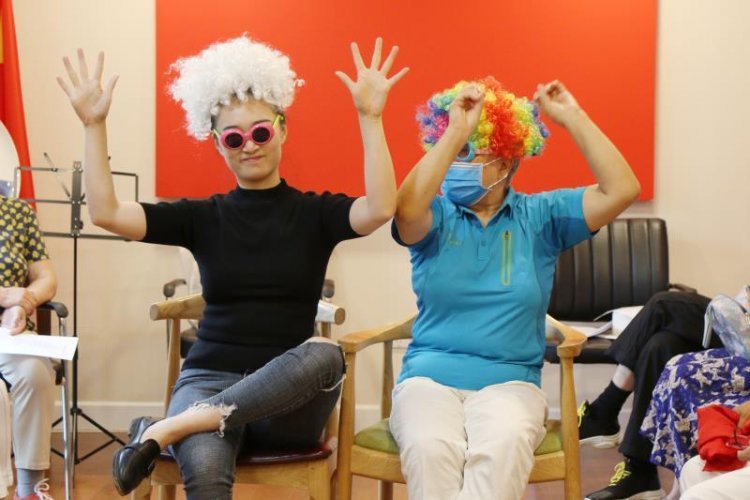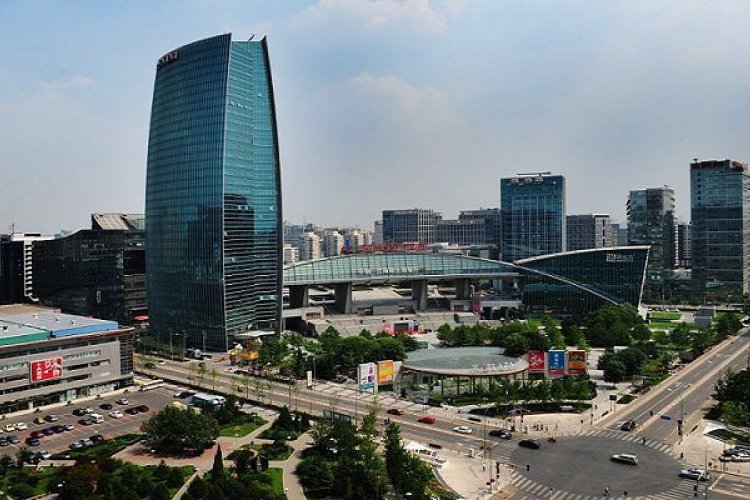Tech Check: Take a VR Tour of Beijing's Old Summer Palace Until Nov 26
Although 圆明园 (Yuánmíngyuán, Old Summer Palace) was once situated in Beijing's current Haidian district, local history buffs can instead venture to the Nanluogu Xiang-adjacent NICE Gallery for a digitized glimpse of what that ancient site might have looked like once upon a time.
Dubbed The Lost Garden: Digital Interactive Exhibition of Yuanmingyuan, the ongoing exhibit (which ends Nov 26) boasts, among other features, pixelated representations of the ancient palace that guests can view with Oculus Gear VR goggles. History buffs have, of course, long been fixated with the Old Summer Palace and the Qing dynasty-era drama that unfolded within its walls, including the relentless looting and attacks carried out by British troops in 1860 that reduced the palace to ruins. Having the chance to dig into a digitized rendition of that era would surely arouse the curiosity of many aspiring Sino scholars.

And while there is an initial undeniable novelty to having a first person perspective of an Emperor on his throne, who can turn and look at the palace’s many ornate details, the program’s subpar graphics and a lack of other locales to explore (visitors can also view the palace from outside, but that’s it) make what should be an immersive world a mere momentary distraction.

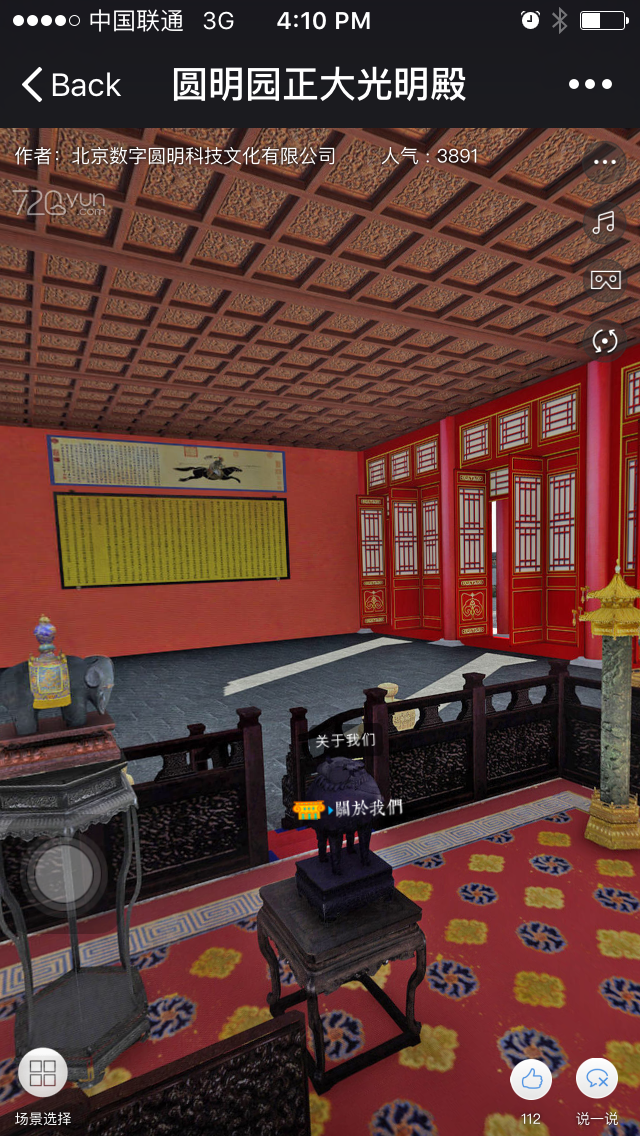

The exhibit’s other major flaw is a lack of English text on both its digitized tour and more conventional wall hangings. Fluently bilingual expats or those among TBJ’s native Chinese readership checking out this article will get more enjoyment out of NICE Gallery’s current display, but expats like myself with subpar Mandarin will be left wanting (though it is stark motivator to brush up on one's studies).
Still, donning the goggles and peering into China’s past is interesting enough, and an even better feature at the exhibit is a room with CGI animated representations of the palace’s various structures being constructed piece by piece was quite engaging. Visitors can enjoy this feature by scanning various wall hangings with one of the gallery’s in-house tablets, allowing you to peer at the details of these aged buildings in the same way that you WeChat wallet your morning coffee.
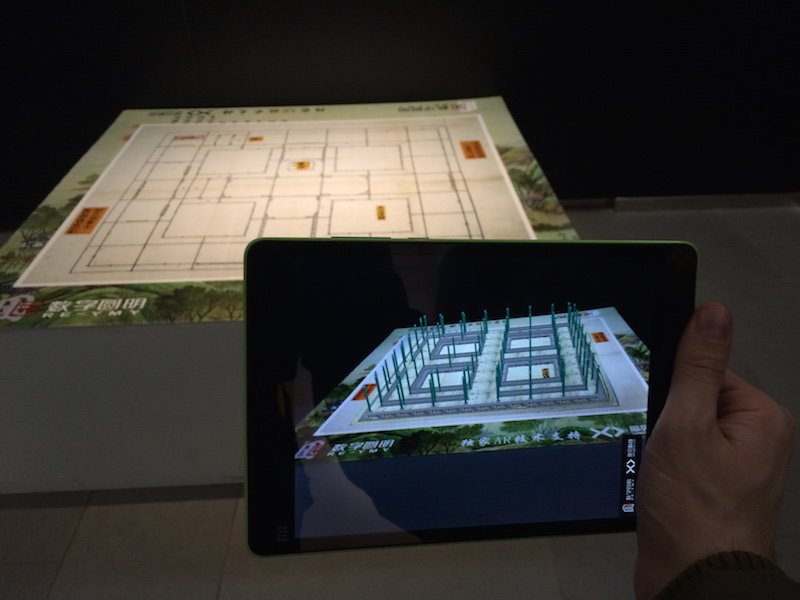
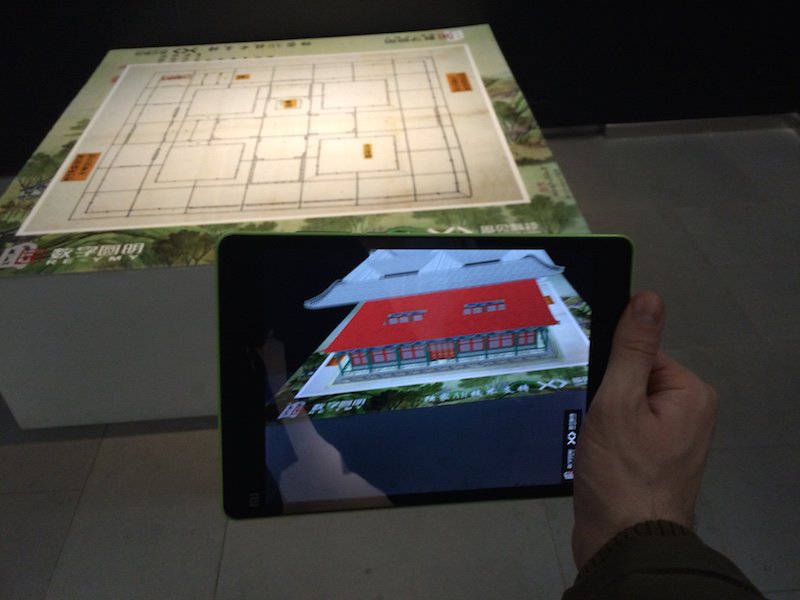

In short, NICE gallery’s noble technological and cultural experiment shows that there is potential to merge the distant past with cutting-edge technology, but only when aesthetics and interactivity are more accessible, and only when the content is more multicultural. The exhibit is worth a short visit if you live nearby or happen to be in the Nanluogu Xiang area, but otherwise techies and history nerds should hold out for more advanced alternatives that will hopefully be available before long.
For more information on the exhibit, click here.
More stories by this author here.
Email: kylemullin@truerun.com
Twitter: @MulKyle
WeChat: 13263495040
Photos: Kyle Mullin

